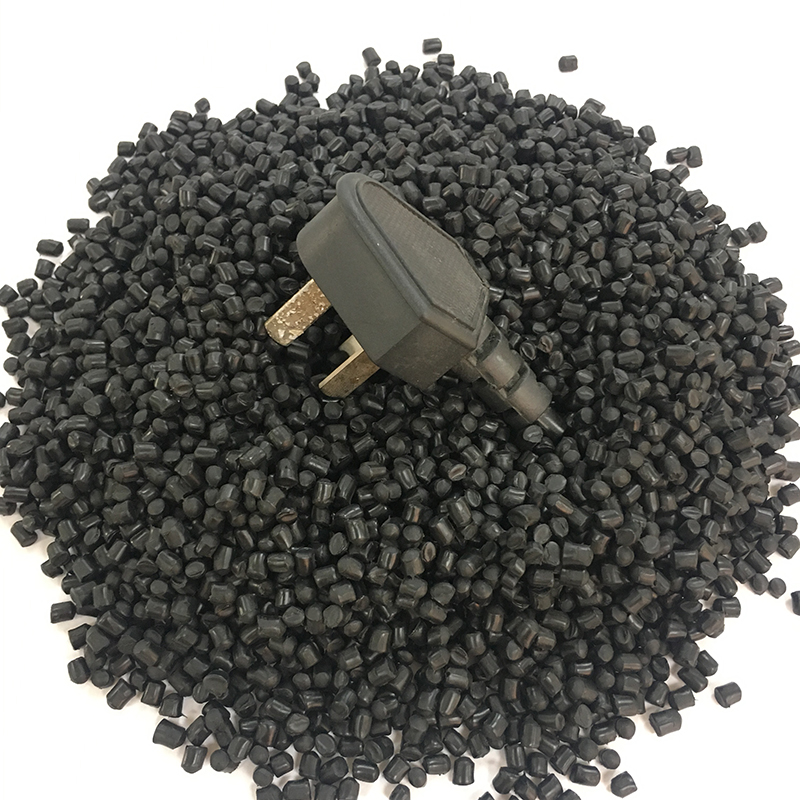The word ‘plastic’ is really an umbrella term that refers to a family of products, made in similar styles from similar materials. However, according to the?PEW Research Centre,?there are some plastics that cannot be recycled:?flexible mono-materials that are made into plastic bags and wrapping-films in packaging, and multilayer plastics that can been seen as food packaging—crisp bags, candy wrappers, or individual condiment sachets. These single-use plastics are relatively light-weight and therefore reduce cost-incentive for collection; while also being predominately?used for?food-products, these plastics are often contaminated?and cannot?easily?be recycled.
The most widely recycled plastic is Polyethylene Terephthalate (PET), a rigid mono-material plastic. PET is commonly used to make beverage bottles, cleaning product containers and food service disposables. Because of its relatively heavier weight and property to hold its shape, PET is recognizable and easily collected. In a 2018 report produced by?WRAP?it was found that?40% of all plastic collected?at?kerbside?from households in the UK for recycling was PET plastic. The second most common type of plastic collected was HDPE at 22%, meaning PET was collected to recycle at nearly double the rate of any other type of plastic.
Whether a material is truly recycled though, will boil down to local collection systems and recycling infrastructure. The reality is that in many places?around the world, because of technological constraints, lack of local infrastructure and economic incentive, plastics commonly find their way into our eco systems and harm the environment.
Recycled plastic is of the same quality as virgin plastic
Plastic collected for recycling undergoes numerous steps of cleaning and retreatment to restore its quality. Before it even reaches the recycling plant, plastic is sorted based upon plastic type and color and pressed into bales to maximize transportability. This is a critical step that ensures a homogenous body of plastic that is then processed into a raw-material flake, or small pieces of plastic. These can then be melted and formed into the desired form. These procedures, in addition to hot and cold washing, ensure that the quality of recycled plastic is just as good as virgin plastic. Most people can’t tell the difference without reading the label.
Overall, it is important to recognize the complexities of the recycling process and the diversity that exists within the world of ocean-bound plastics. As more products and packaging made from ocean-bound plastic will be hitting the shelves, remembering these fours lessons will help you?make more informed choices.

1,Please check our pictures in attachment.Do you need this pvc granule for which kind of product? May you show me your final product picture?Then our engineer will open a suitable formula to your final product.
2,What is your material data spec. Hardness SHORE A /Density/Color/Quantity of your products?Then I will quote you exact catalog&price later.
Thanks & Best regards!
Dongguan Humstar Macromolecule Technology Co., Ltd.
Tel:0086 769 82550680
WhatsApp: +86 13925545836(Wechat)




